Off Grid Living with Solar Power: A Complete Guide
Thinking about ditching the grid? Off grid living with solar power can be a game-changer. It’s not just about saving money; it’s about freedom and sustainability. Whether you’re in a remote area or just want to be less dependent on utility companies, going off-grid has its perks. But it also comes with challenges. Let’s break down what you need to know about off-grid living and how solar power fits into the picture.
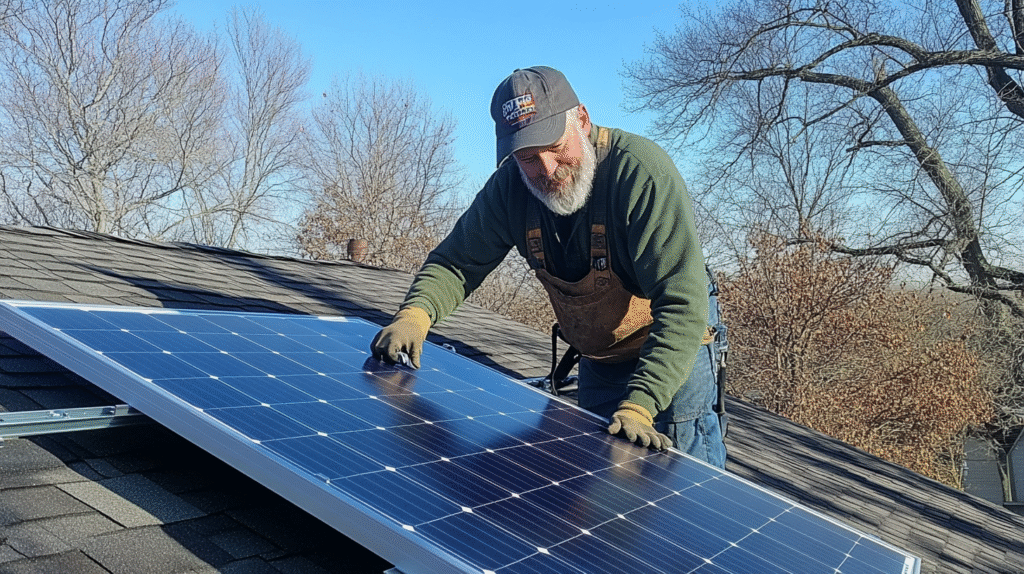
Key Takeaways
- Off-grid living gives you complete control over your energy sources.
- Solar energy can significantly reduce your carbon footprint.
- Not every home is suited for off-grid setups; consider your energy needs first.
- Initial costs can be high, but long-term savings are possible.
- Maintenance is key to keeping your off-grid solar system running smoothly.
Why Choose Off-Grid Living?
You Live in a Remote Area Without Grid Access
Living in a remote area often means limited or no access to the traditional power grid. For these locations, off-grid solar systems aren’t just a preference; they’re a necessity. Setting up your own power source becomes the most viable option when running power lines is too expensive or physically impossible. These systems can be tailored to meet specific energy needs, providing a reliable power supply where grid infrastructure is lacking. It’s about creating a self-sufficient energy ecosystem in places where connecting to the grid simply isn’t feasible. You might consider eco-friendly hair care while you’re at it.
You Want Autonomy from Your Utility Company
One of the biggest draws of off-grid living is the freedom it provides from utility companies. You’re no longer subject to fluctuating energy prices, unexpected outages, or the policies of a large corporation. This independence can be incredibly appealing to those who value self-reliance and control over their energy consumption. It’s about taking charge of your power supply and not being dependent on external factors that can impact your energy costs and reliability.
You Seek Environmental Sustainability
For many, the decision to go off-grid is rooted in a desire to reduce their environmental impact. Traditional power sources often rely on fossil fuels, which contribute to pollution and climate change. By switching to solar power, you can significantly decrease your carbon footprint and promote a more sustainable lifestyle. Solar energy is a clean, renewable resource that helps minimize your reliance on non-renewable energy sources. It’s a conscious choice to live in harmony with the environment and contribute to a greener future.
Off-grid living isn’t just about disconnecting from the power grid; it’s about connecting to a more sustainable and self-sufficient way of life. It’s a commitment to reducing your environmental impact, taking control of your energy consumption, and embracing a lifestyle that values independence and resilience.

Understanding Off-Grid Living
Defining Off-Grid Living
So, what does off grid living with solar power for small families really mean? It’s more than just ditching your electric bill. It means disconnecting entirely from the traditional power grid and generating 100% of your own electricity. Think of it as energy independence. You’re your own power company, responsible for every watt used. It’s a big commitment, but it can be incredibly rewarding.
The Importance of Energy Independence
Energy independence is a huge draw for people considering off-grid life. No more reliance on utility companies, no more worrying about rate hikes, and a greater sense of control over your resources. For small families, this can translate to significant long-term savings and a more sustainable lifestyle. Plus, there’s the peace of mind knowing you’re not contributing to fossil fuel dependence.
Common Misconceptions About Off-Grid
There are a lot of myths floating around about off-grid living. One big one is that it’s cheap and easy. It’s not. It requires a significant upfront investment in solar panels, batteries, and other equipment. Another misconception is that you can live exactly as you did before, just without the grid. You’ll need to be mindful of your energy consumption and make adjustments to your lifestyle.
Off-grid living isn’t for everyone. It demands a level of self-sufficiency and a willingness to adapt. But for those who are prepared, it can be a path to greater freedom and a more sustainable way of life.
Essential Components for Off-Grid Solar Systems
So, you’re serious about ditching the grid? Awesome! But before you start picturing yourself sipping iced tea powered by the sun, let’s talk about what you’ll actually need. It’s more than just slapping some panels on your roof, trust me. You’re building a whole mini power plant, and that takes some planning and the right gear.
Solar Panels and Inverters
Okay, this is where the magic starts. Solar panels are the obvious first step; they’re what capture the sun’s energy and turn it into electricity. But not all panels are created equal. You’ll want to look at things like wattage, efficiency, and how well they perform in different weather conditions. Don’t skimp here – quality panels will pay off in the long run.
Then there are inverters. These little boxes convert the direct current (DC) electricity from your panels into alternating current (AC) electricity, which is what most of your appliances use. There are different types of inverters, like string inverters and microinverters, each with its own pros and cons. String inverters are cheaper but can be less efficient if some of your panels are shaded. Microinverters are more expensive but optimize each panel individually. Choosing the right solar inverters is key for system performance.
Battery Storage Solutions
This is where off-grid living gets real. Since the sun doesn’t shine 24/7, you need a way to store the energy your panels generate during the day so you can use it at night or on cloudy days. That’s where batteries come in.
There are a few different types of batteries you can use, like lead-acid, lithium-ion, and even flow batteries. Lithium-ion batteries are becoming increasingly popular because they’re more efficient, last longer, and require less maintenance than lead-acid batteries. However, they’re also more expensive. You’ll need to figure out how much storage capacity you need based on your energy consumption. This is where doing an energy audit comes in handy – more on that later. Proper battery maintenance is crucial for longevity.
Wiring and Balance-of-System Equipment
Okay, so you’ve got your panels, your inverter, and your batteries. Now you need to connect everything! This is where the balance-of-system (BOS) equipment comes in. This includes all the wires, cables, fuses, circuit breakers, and disconnect switches you need to safely and efficiently move electricity around your system.
Don’t underestimate the importance of quality wiring. You want to make sure you’re using the right gauge wire for the amount of current you’re carrying to avoid overheating and potential fires. You’ll also need a charge controller to regulate the flow of electricity from your panels to your batteries, preventing overcharging and extending their lifespan. It’s also a good idea to have surge protectors to protect your equipment from power surges. Honestly, unless you’re a qualified electrician, this is probably best left to the pros.
Getting all this stuff right is super important. Messing around with electricity can be dangerous, and if you don’t size your system correctly, you could end up with not enough power or damage your equipment. Take the time to do your research, talk to experts, and don’t be afraid to ask for help.
Here’s a quick rundown of essential components:
- Solar Panels: Convert sunlight to DC electricity.
- Inverter: Converts DC to AC electricity.
- Batteries: Store energy for later use.
- Charge Controller: Regulates battery charging.
- Wiring and Cables: Connect all components.
- Fuses and Circuit Breakers: Protect against overloads.
- Disconnect Switches: Allow for safe system shutdown.
Best Practices for Off-Grid Solar Installation
Site Assessment and Panel Placement
Okay, so you’re thinking about how to build an off grid home with solar power? Awesome! First things first, you gotta figure out where to put those panels. This is super important because it affects how much sun your panels get. Think about it: shade from trees, buildings, even hills can seriously cut down on your power.
- Check for obstructions throughout the day.
- Use a solar pathfinder tool.
- Consider seasonal changes in the sun’s position.
Proper site assessment is more than just glancing at your roof. It’s about understanding the sun’s journey across your property throughout the year. This knowledge is the foundation of a successful off-grid solar setup.
Connecting Components Safely
Alright, now for the fun part – hooking everything up. But seriously, don’t mess around here. We’re talking electricity, and that’s not something to take lightly. You’ll need cables, wires, and other stuff to make it all work.
- Use appropriately rated cables.
- Double-check all connections.
- Follow a detailed wiring diagram.
Hiring Professional Installers
Look, I get it. You want to save money, and maybe you’re pretty handy. But honestly, unless you’re a qualified electrician, you should probably hire someone to install your off-grid solar system. It’s safer, and you’ll probably get a better result. Plus, they know all the local codes and regulations. It might cost more upfront, but it could save you a ton of headaches (and money) down the road. Think about solar batteries to store energy.
| Benefit | DIY | Professional Installation |
|---|---|---|
| Initial Cost | Lower | Higher |
| Safety | Higher Risk | Lower Risk |
| Code Compliance | Your Responsibility | Installer’s Responsibility |
| Long-Term Reliability | Potentially Lower | Potentially Higher |
Cost Considerations for Off-Grid Living

Initial Investment for Solar Systems
Okay, so let’s talk money. The initial investment for an off-grid solar system can be pretty hefty. It’s more than just slapping some panels on your roof. You’re looking at solar panels, inverters, batteries, wiring, and all sorts of other equipment. The size of your system is the biggest factor; a larger home with higher energy needs will require a more extensive and expensive setup. Don’t forget installation costs, which can vary depending on where you live and who you hire. It’s a good idea to get multiple quotes to compare prices. The cost of off grid living with solar power setup can be daunting, but it’s important to consider it as a long-term investment.
Long-Term Savings and Benefits
While the upfront cost might make you gulp, think about the long game. Once your system is up and running, you’re essentially producing your own electricity. No more monthly bills from the power company! Plus, you’re less vulnerable to rising energy prices. Over time, these savings can really add up. And let’s not forget the environmental benefits – you’re reducing your carbon footprint and contributing to a more sustainable future. It’s a win-win, even if it takes a while to see the financial returns.
Financial Incentives and Rebates
Don’t forget to look into financial incentives and rebates! Many states and the federal government offer tax credits, rebates, and other programs to encourage people to switch to renewable energy. These incentives can significantly reduce the initial cost of your system. Check with your local government and utility company to see what’s available in your area. It’s like finding free money – who doesn’t love that?
Going off-grid isn’t cheap, but it’s an investment in energy independence and sustainability. Do your research, crunch the numbers, and see if it’s the right choice for you.
Here’s a simple table to illustrate potential savings:
| Item | Initial Cost | Annual Savings | Notes |
|---|---|---|---|
| Solar Panels | $20,000 | N/A | Varies based on size and type |
| Batteries | $10,000 | N/A | Needed for off-grid storage |
| Inverter | $3,000 | N/A | Converts DC to AC |
| Installation | $5,000 | N/A | Professional installation recommended |
| Electricity Bill | N/A | $2,000 | Previous annual electricity expenses |
| Total (Year 1) | $38,000 | $2,000 | |
| Total (Year 10) | N/A | $20,000 | Assuming consistent savings |
Benefits of Off-Grid Living
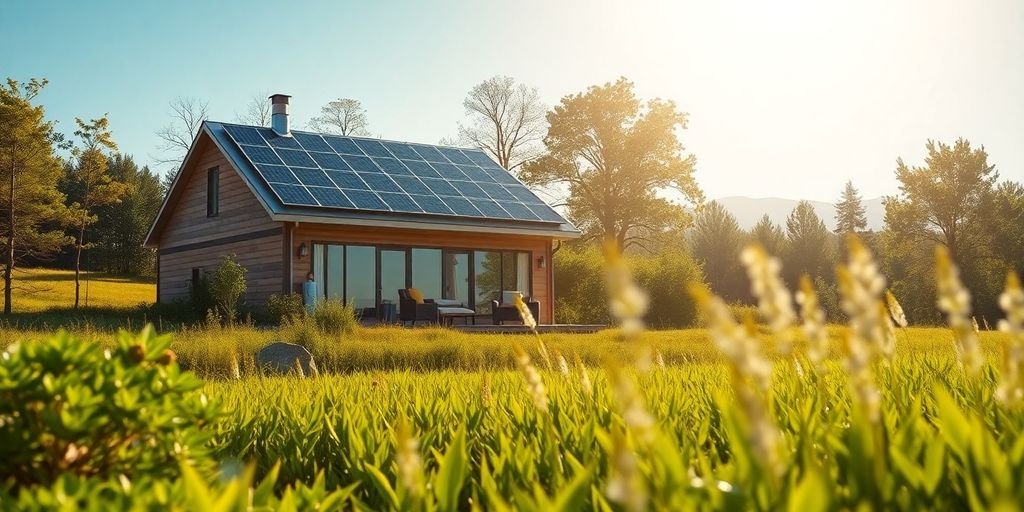
Full Energy Independence
One of the most compelling reasons to embrace off-grid living is the complete freedom from reliance on traditional utility companies. You’re no longer at the mercy of fluctuating energy prices or vulnerable to widespread power outages. Imagine the peace of mind knowing that your home’s power supply is entirely within your control, regardless of external circumstances. This independence extends beyond just electricity; it’s about self-sufficiency and resilience. You become your own energy provider, making decisions that align with your values and needs.
Reduced Environmental Impact
Off-grid living, especially when powered by solar energy, significantly reduces your carbon footprint. Unlike conventional electricity sources that depend on fossil fuels, solar energy is a clean and renewable alternative. By generating your own power, you actively contribute to minimizing carbon emissions and lessening the demand for non-renewable resources. It’s a tangible way to live more sustainably and protect the environment for future generations. Plus, it encourages a more mindful approach to resource consumption in general. You might find yourself more conscious of water usage and waste management, further amplifying your positive impact. Switching to home solar panel systems is a great way to reduce your environmental impact.
Increased Awareness of Energy Consumption
Living off-grid forces you to become acutely aware of your energy usage patterns. You’re no longer passively consuming electricity without a second thought. Instead, you’re actively monitoring your consumption, understanding where your energy is going, and making conscious choices to conserve. This heightened awareness can lead to significant behavioral changes, such as:
- Turning off lights when leaving a room
- Using energy-efficient appliances
- Adjusting your thermostat settings
This increased awareness not only reduces your environmental impact but also saves you money in the long run. It’s a powerful feedback loop that encourages responsible energy habits and promotes a more sustainable lifestyle. You’ll start thinking about how much energy each appliance uses and whether there are more efficient alternatives. It’s a journey towards a more conscious and sustainable way of living.
Challenges of Off-Grid Living
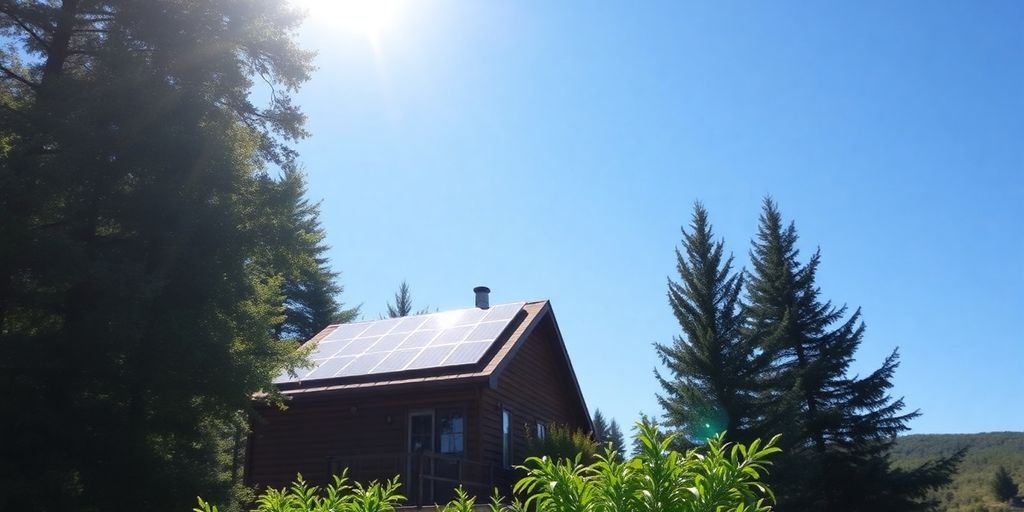
Managing Energy Consumption
Living off-grid means you’re the boss of your power, but it also means you’re the only one responsible when things go wrong. You really have to keep an eye on how much energy you’re using. It’s not like being connected to the grid where you can just flip a switch without thinking. You need to be mindful of everything, from the lights you leave on to how often you use appliances. It’s a lifestyle change, for sure. You might find yourself doing things like:
- Turning off lights when you leave a room.
- Using energy-efficient appliances.
- Planning your laundry and dishwashing around peak sunlight hours.
It’s a constant balancing act. You’re always thinking about how much power you have stored and how much you’re using. It can be stressful at times, especially when the weather isn’t cooperating.
Dealing with Weather Variability
Weather is a huge factor when you’re relying on solar power. Sunny days are great, but what about cloudy ones? Or long stretches of rain or snow? Weather variability can really throw a wrench in your plans. You need to have a backup plan for those times when the sun isn’t shining. This might involve:
- Having a generator as a backup power source.
- Investing in a larger battery bank to store more energy.
- Being prepared to reduce your energy consumption during extended periods of bad weather.
Maintenance and Upkeep of Systems
Off-grid systems aren’t a set-it-and-forget-it kind of deal. They require regular maintenance and upkeep to keep them running smoothly. This includes things like cleaning your solar panels and inverters, checking your batteries, and inspecting your wiring. If you’re not comfortable doing these things yourself, you’ll need to hire someone to do them for you. Here’s a rough idea of what you might be looking at:
| Task | Frequency | Notes |
|---|---|---|
| Solar Panel Cleaning | Monthly | More often in dusty or snowy areas. |
| Battery Inspection | Quarterly | Check for corrosion and proper electrolyte levels (if applicable). |
| Wiring Inspection | Annually | Look for loose connections or damaged wires. |
| Inverter Maintenance | Annually | Check for proper ventilation and cooling. |
Wrapping It Up
So, there you have it. Living off-grid with solar power can be a game changer for those looking to break free from traditional energy sources. It’s not just about saving money; it’s about taking control of your energy needs. Sure, it can be a bit pricey to set up, and you’ll need to think about how much power you really use. But for many, the benefits of independence and sustainability make it worth it. Just remember, it’s not a one-size-fits-all solution. Do your homework, plan carefully, and you might find that off-grid living is the perfect fit for your lifestyle.
Frequently Asked Questions
What does it mean to live off-grid?
Living off-grid means you don’t rely on the main power lines for electricity. Instead, you create your own energy, usually with solar panels.
Can I still use solar panels if I’m not off-grid?
Yes! Most people use solar panels while still connected to the grid. This way, they can use power from the grid when the sun isn’t shining.
What are the main parts of an off-grid solar system?
An off-grid solar system usually includes solar panels, batteries to store energy, and an inverter to change the energy into a usable form.
How much does it cost to set up an off-grid solar system?
Setting up an off-grid solar system can cost between $45,000 and $65,000, but prices can vary based on your needs.
What are the benefits of going off-grid?
Going off-grid gives you full control over your energy, helps you save on electricity bills, and reduces your impact on the environment.
What challenges might I face with off-grid living?
Some challenges include managing how much energy you use, dealing with weather changes, and keeping your solar system in good condition.

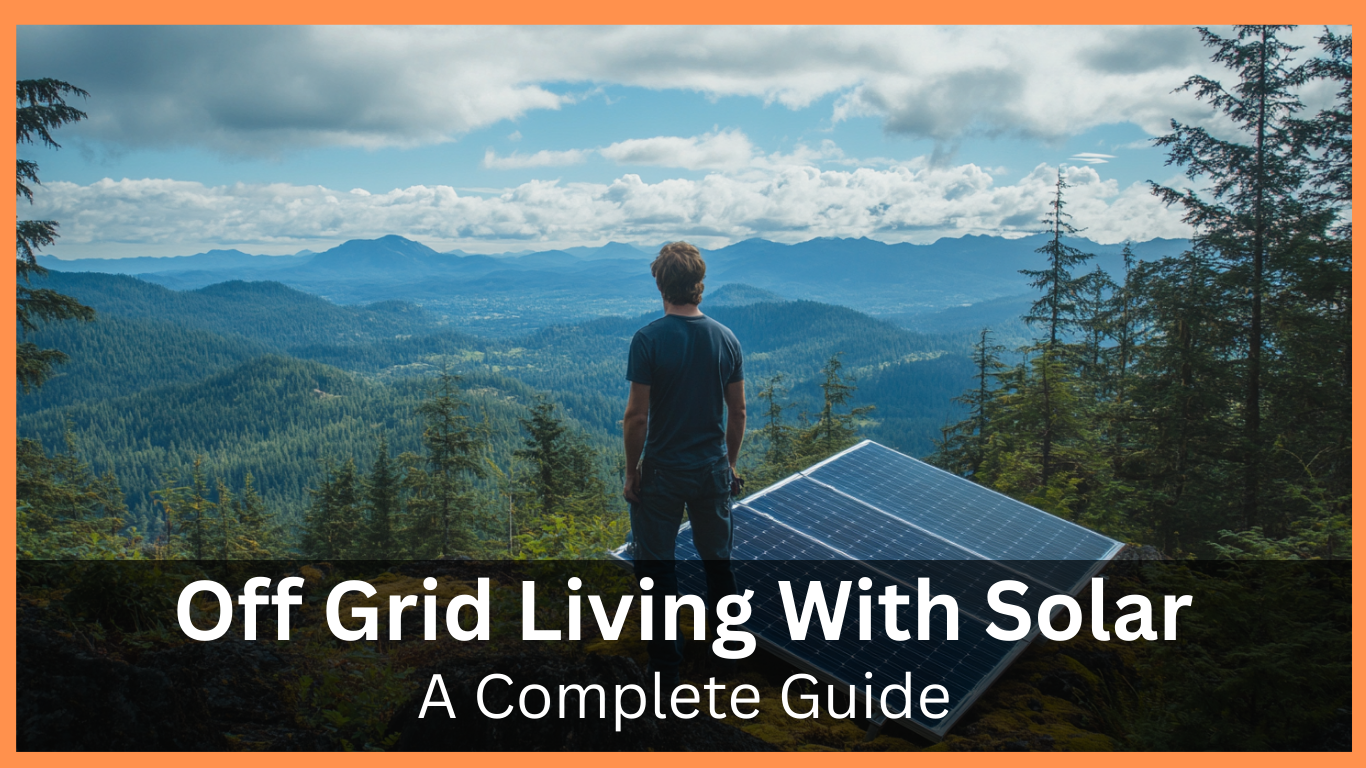
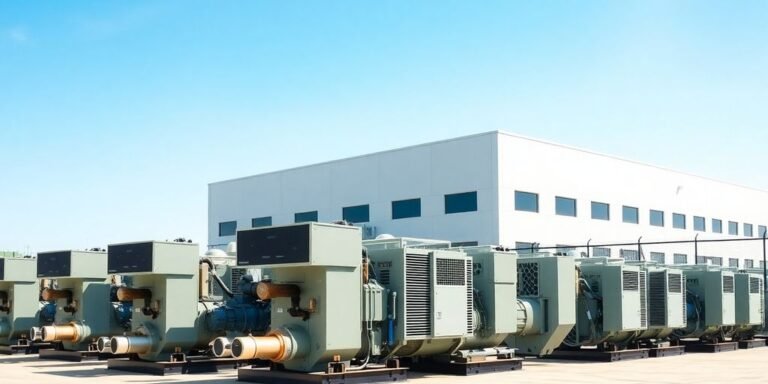
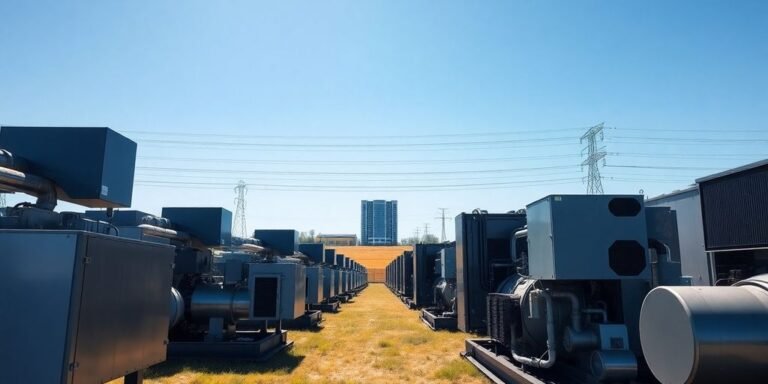
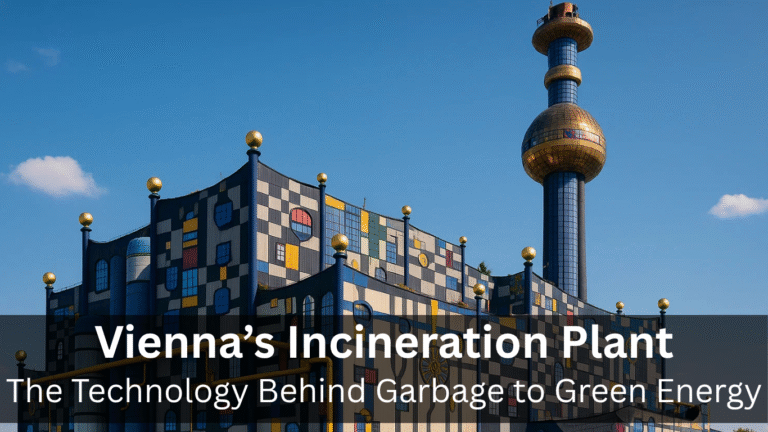
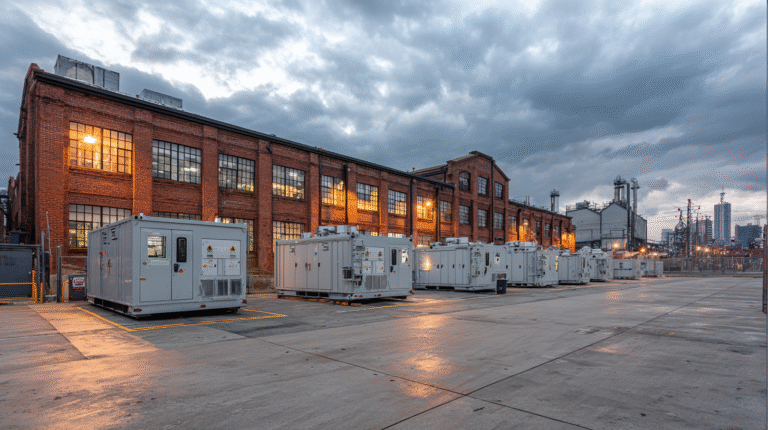
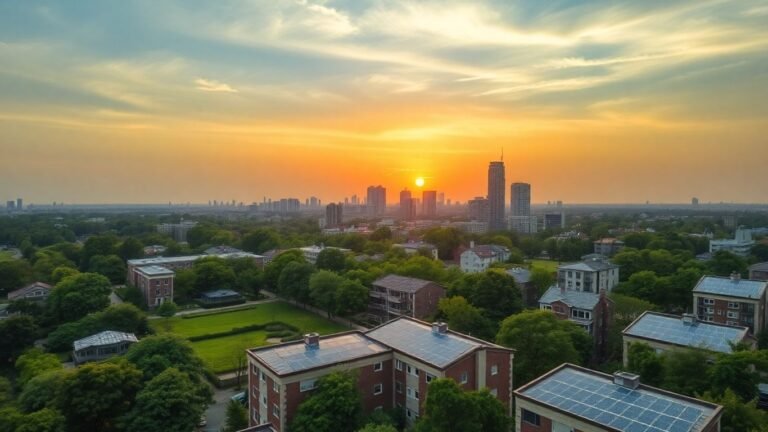
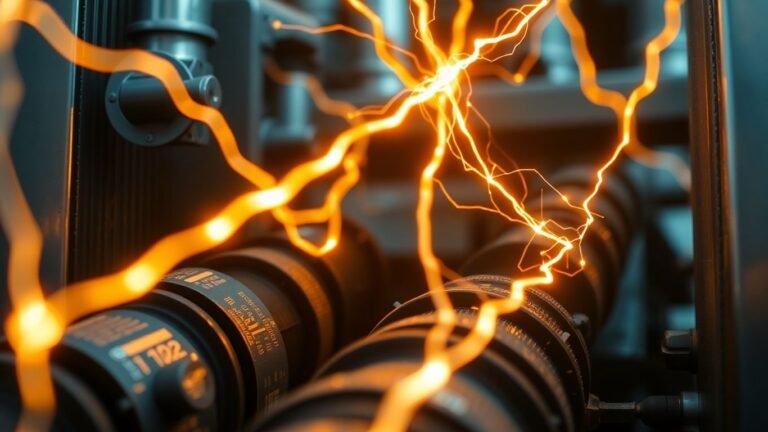

5 Comments